Rancho is a well-known entity in the off-road shock absorber world. Established in 1950, the company initially focused on the Jeep 4WD market. In 1990, it was purchased by Tenneco, which enabled Rancho to expand its product offerings via increased manufacturing capabilities. With Tenneco’s backing, Rancho designed the first multi-damping adjustable shock to allow drivers to refine their vehicle’s ride based on what type of terrain they were navigating.
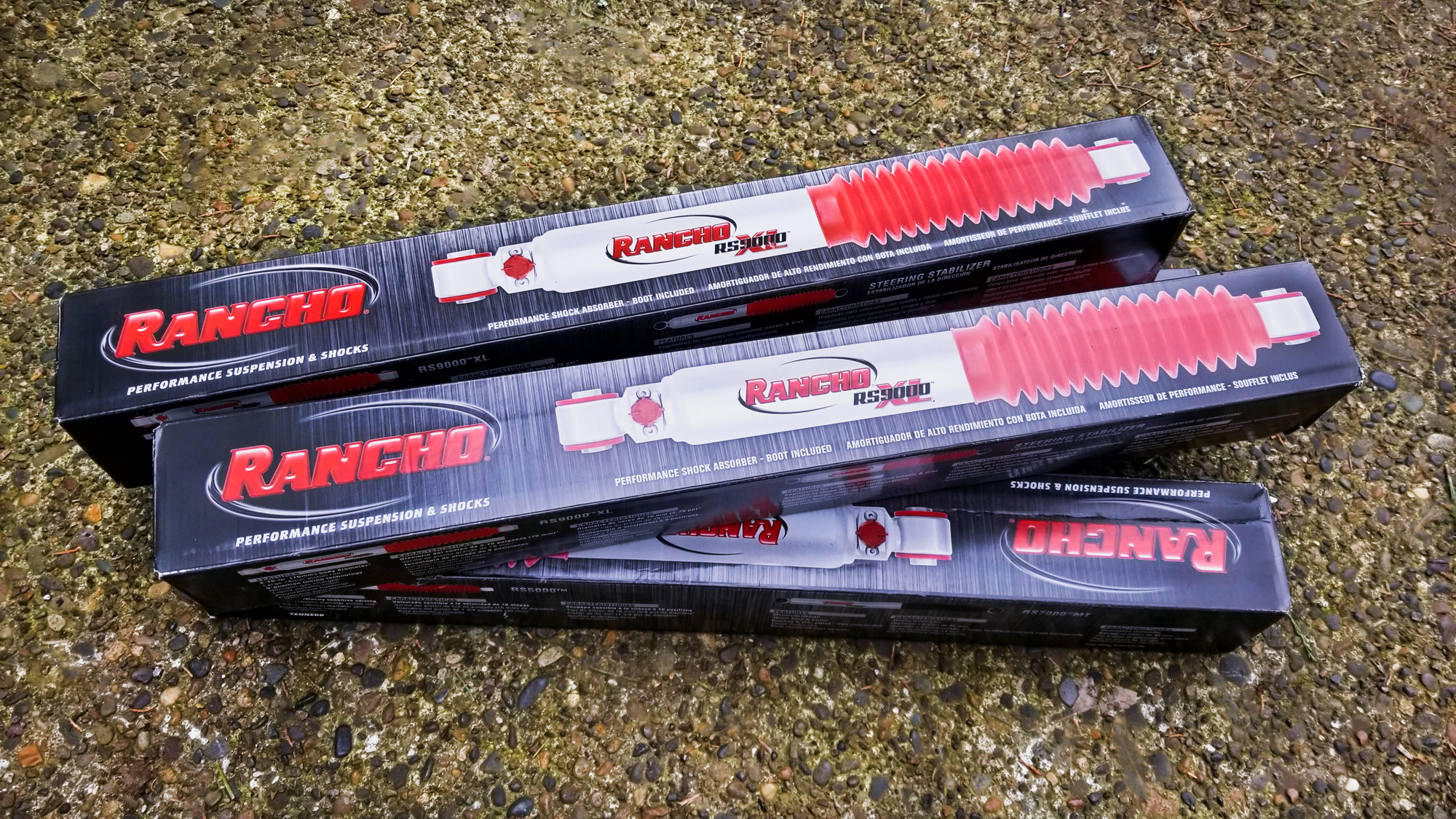
We recently installed the advanced RS9000XL adjustable shocks, which showcase nine manually adjustable damping levels. We tested these shocks on our two Mitsubishi Pajeros. Our 1992 white Pajero nicknamed the Ralli Tractor has been riding on RS9000XLs for nearly a year, while our 1991, dark-gray two-door has been wearing these for a few months. Both Pajeros donned original dampers, and they needed replacing. Both rigs came with the electric factory-adjustable shocks, but we were looking to add off-road performance and maintain a good on-road ride, even if that meant losing the electric dampers. They weren’t working correctly anyway.
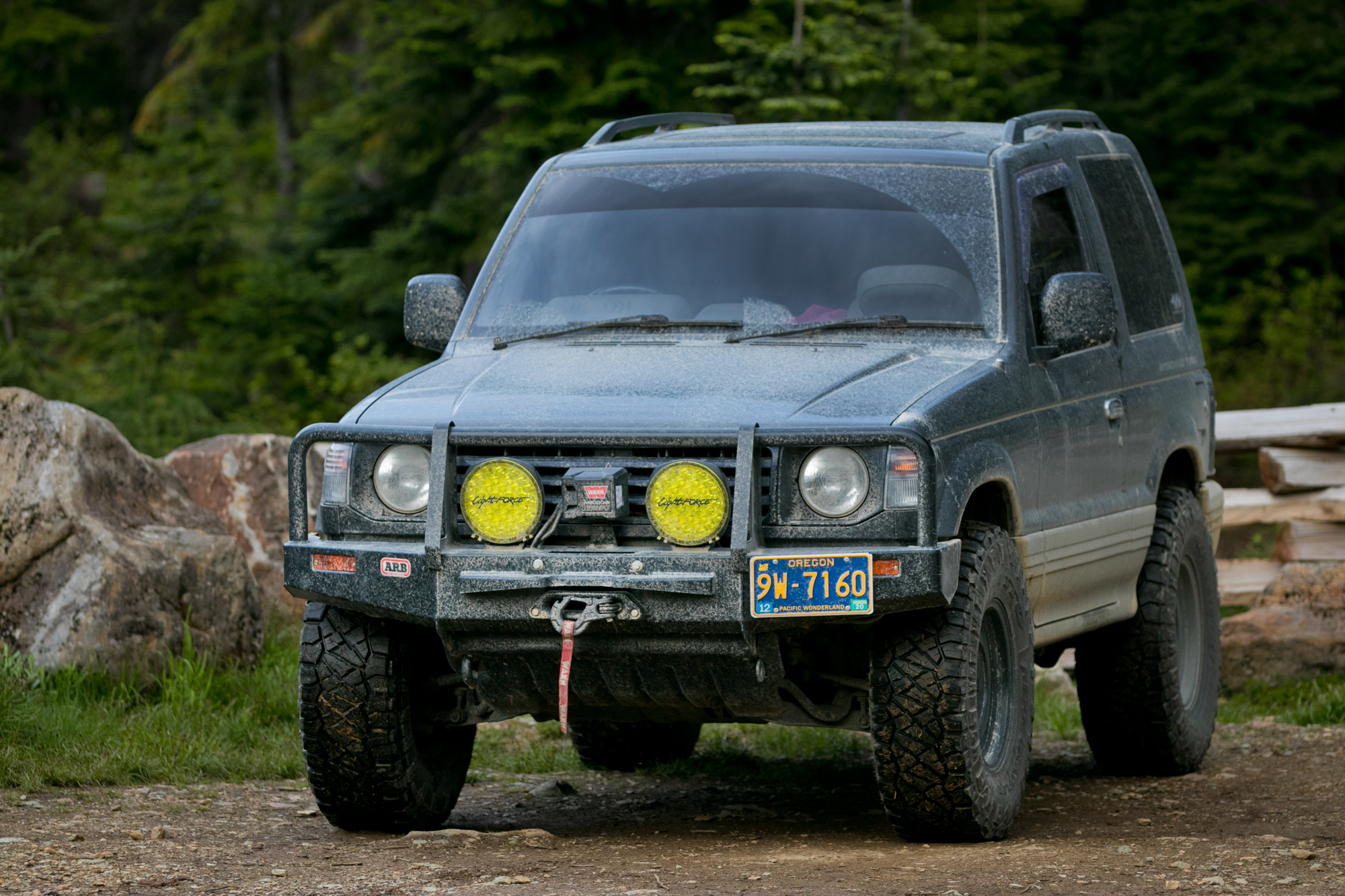
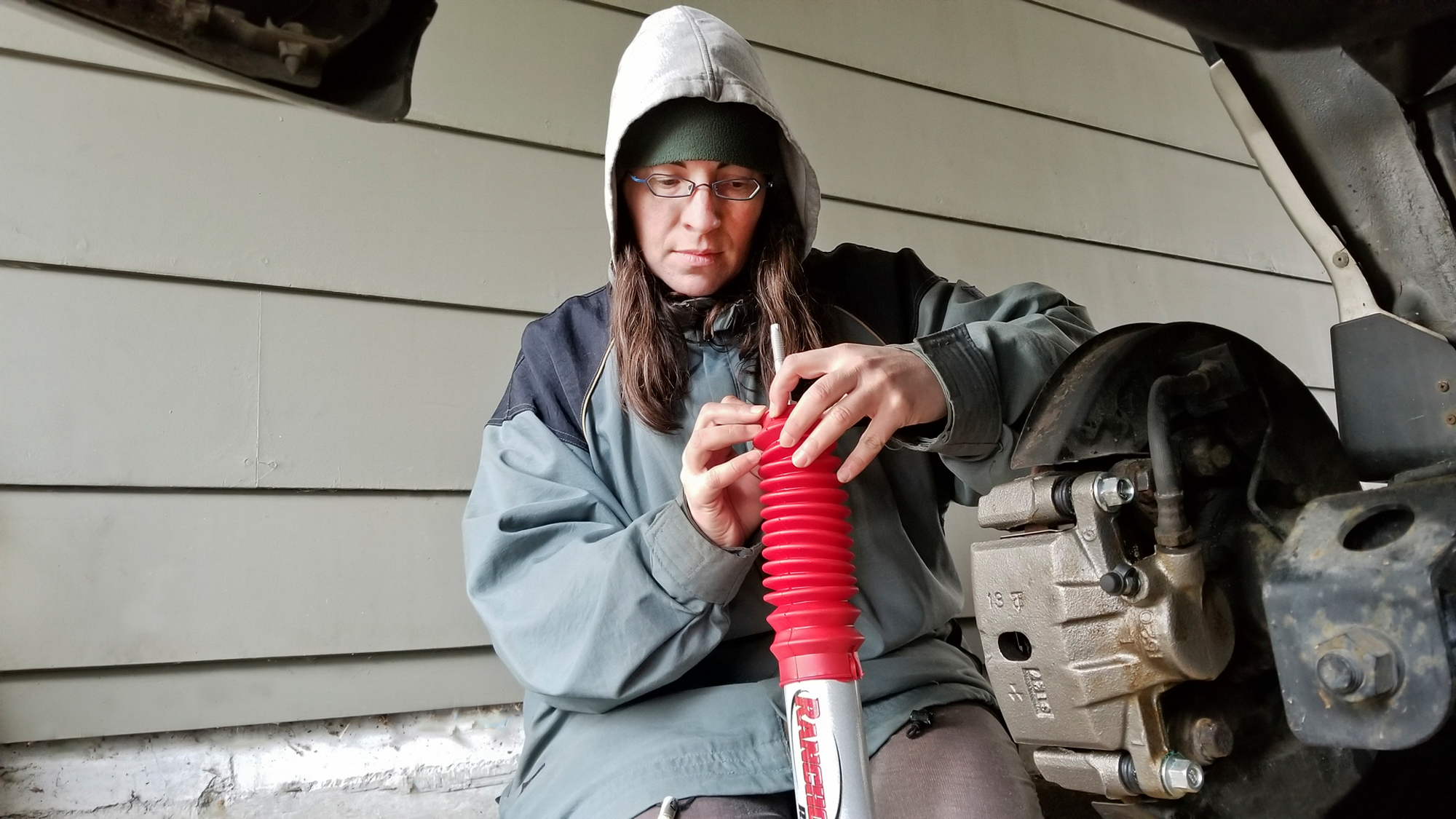
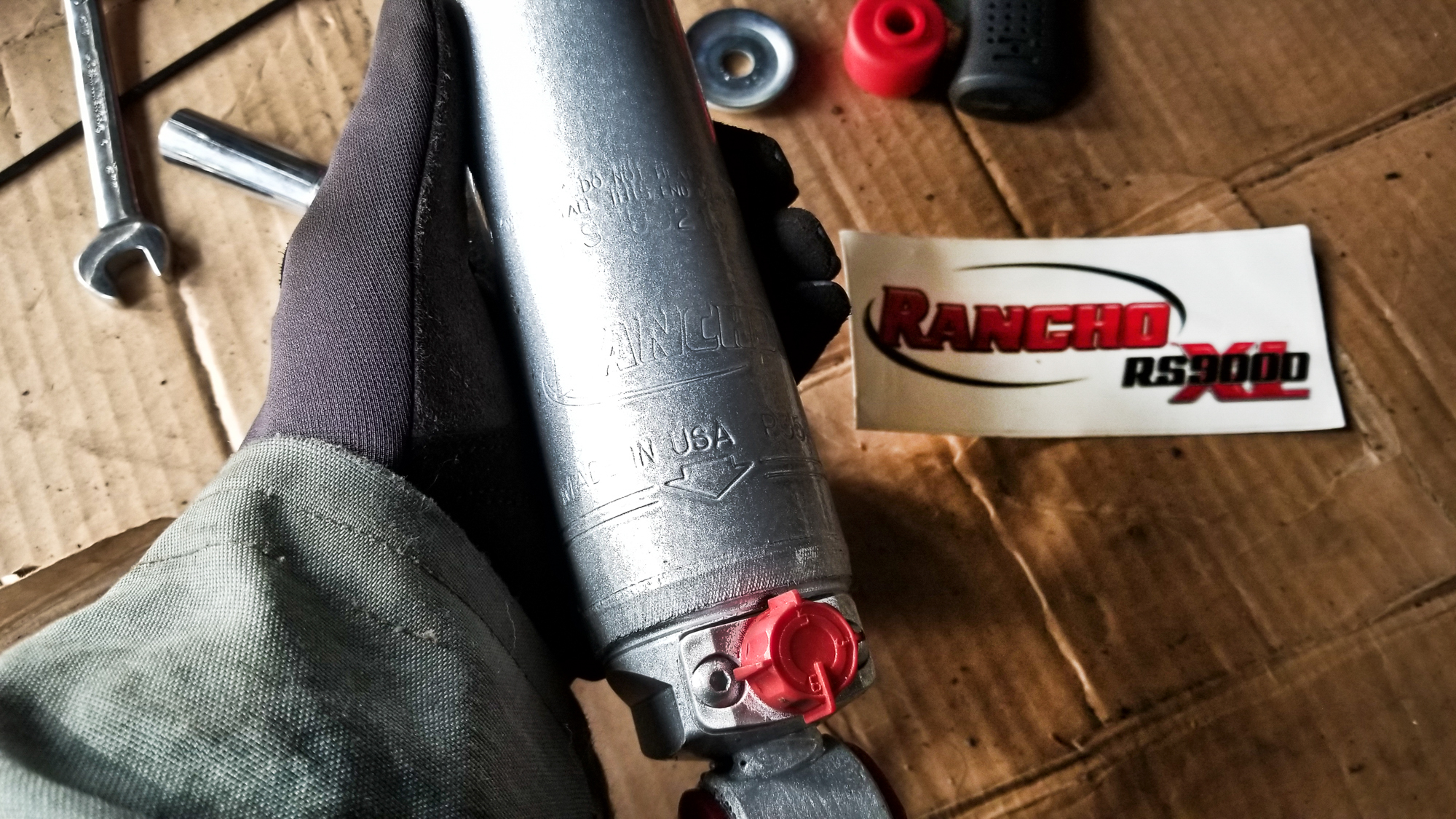
Over the last several months, my husband and I put these shocks to the test. We utilized them in multiple types of terrain, from thousands of miles on pavement to sand dunes, corrugated dirt tracks, mud, and rocks.
The on-pavement ride quality is relaxed and supple, especially on the softest setting. If set to “full marshmallow,” cornering is a bit floaty but allows for better absorption over bumps, cracks, and potholes. The stiffest setting enables flatter cornering in twisty tarmac sections, but road imperfections are more apparent.
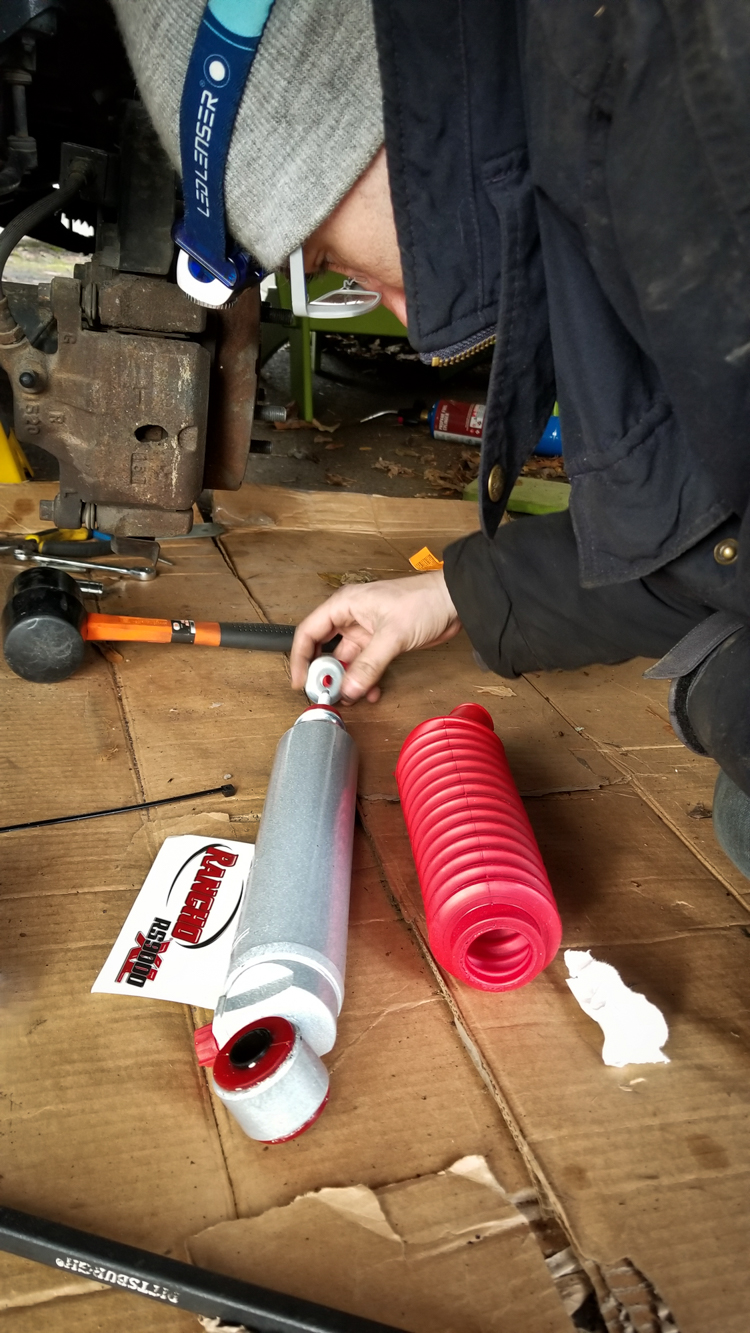
Off-road performance with both Pajeros is rock solid, no matter if it’s a one-year-old suspension like the Ralli Tractor or one that’s recently broken in like my 4WD. Being able to adjust shock damping based on terrain changes is important; it’s a quick flick of the wrist via Rancho’s small red turn dials, although we found them difficult to read when doing so. Having shock damping adjustability, however, allows for superior ride quality and handling both on and off pavement. These shocks, when dialed to softer settings and driving at slow to moderate speeds, absorb deep washboarded roads and rocky terrain well, softening kidney-jarring depressions. This dramatically reduces driver fatigue on multi-day, off-road adventures.
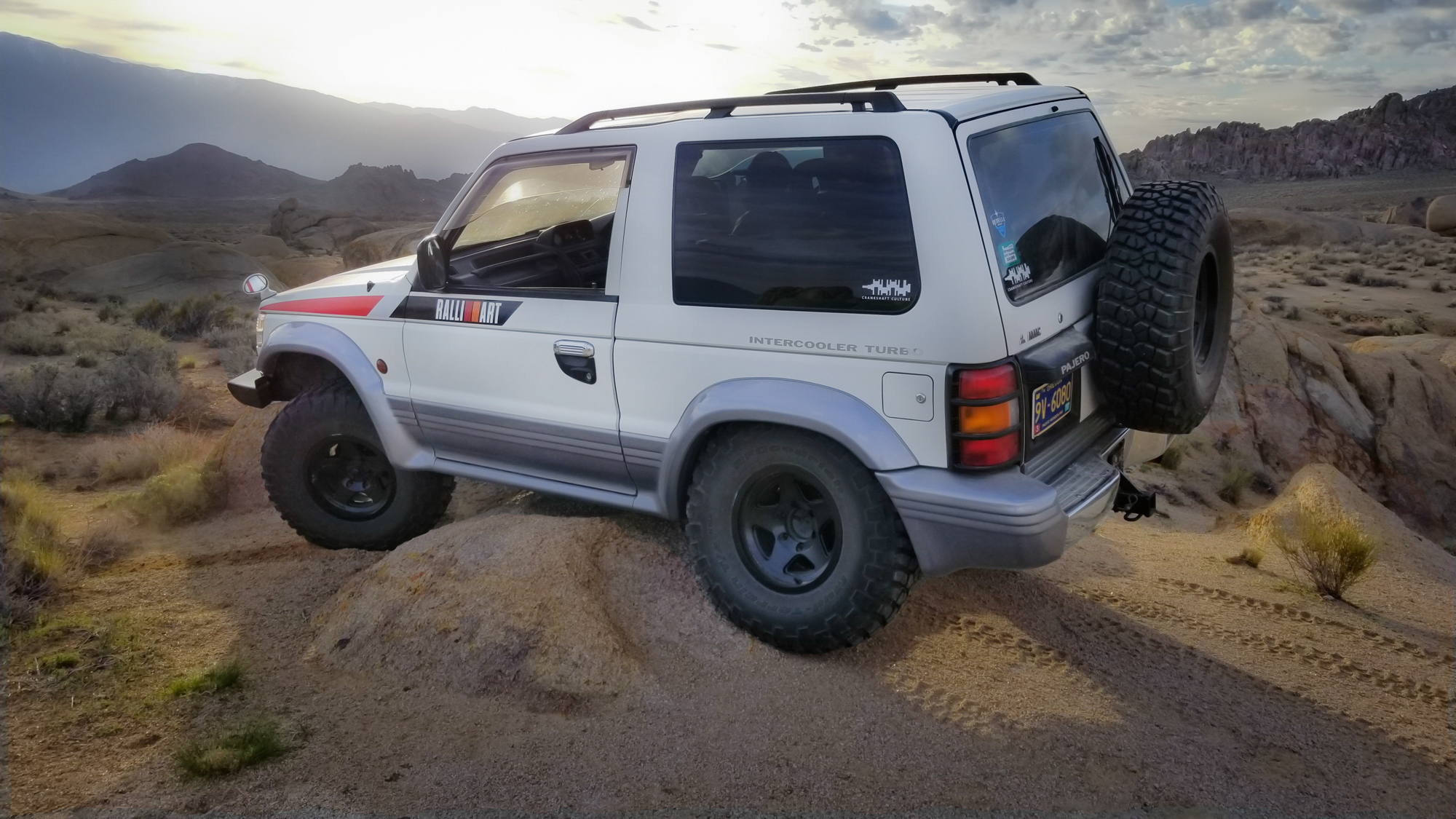
After logging thousands of miles on our ’92 Ralli Tractor Pajero, we’ve experienced no issues with the shocks, and they continue to provide a compliant ride. What vehicle you run or what weight you’ll be carrying may dictate which on- and off-road damping settings work best for you. We found both Pajero’s optimal on-road comfort was between settings 4-6, with a softer cushier ride setting for off-road rocks and bumps. Neither the Ralli Tractor nor my rig likes to do more than 70 mph, so a firmer setting of 7-10 doesn’t change much for us. However, if you’re in a full-size truck or you like driving at higher speeds on fast roads then you may want to dial them up. It takes a bit of playing around with each setting and the type of terrain you’re running, but once you find what works for you, you could set it and forget it.
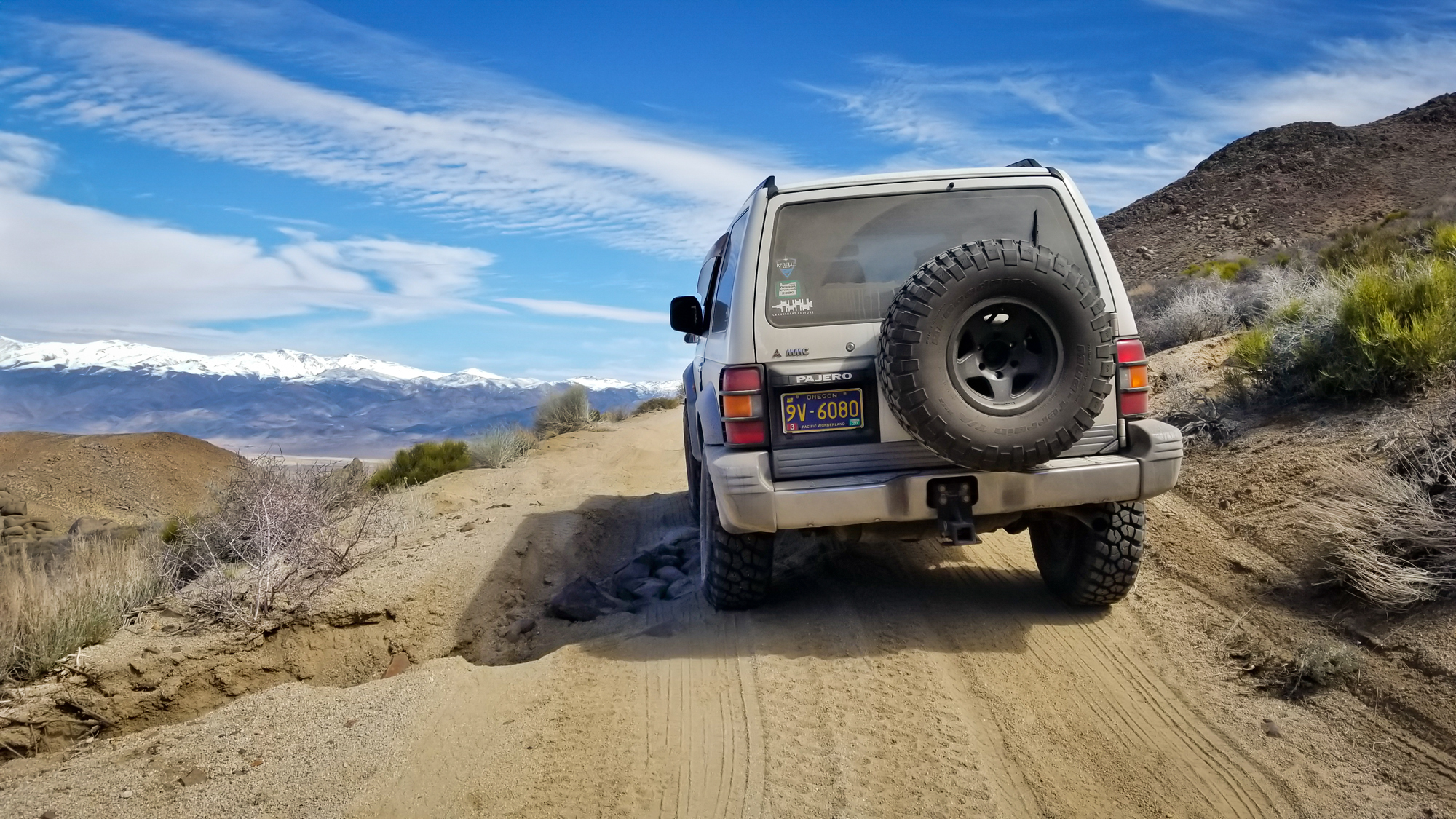
RS9000XL shocks are targeted to 4WD owners who want to explore and seek an upgraded twin-tube, adjustable ride. Their price is also relatively inexpensive, especially when related to comparative options. Since we installed RS9000XLs on our Pajeros, we haven’t noticed any leaking seals, noisy bushings, or bent shafts. All eight shocks are performing as necessary, giving us the type of ride we desire—no matter what type of terrain we’re tackling.
Rancho offers up a limited lifetime warranty and 90-day free ride policy (if you’re not happy with their performance, they’ll refund your money back).
$120-140 per shock | gorancho.com
Pros
Compliant ride
Affordable price
Nine-way adjustability
Cons
Shock damping dials difficult to read


